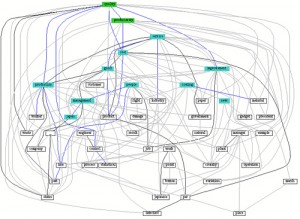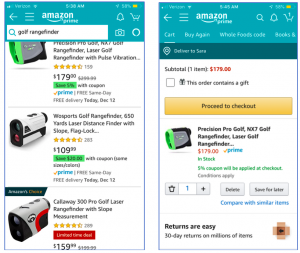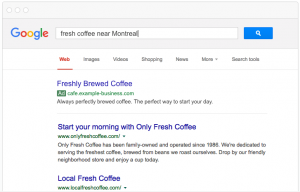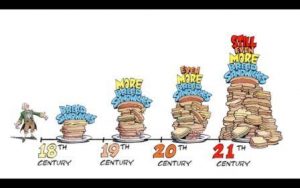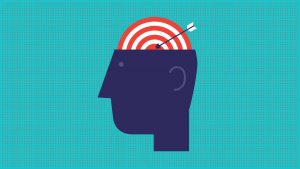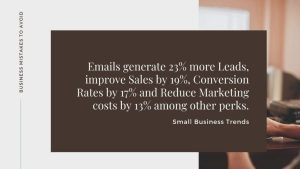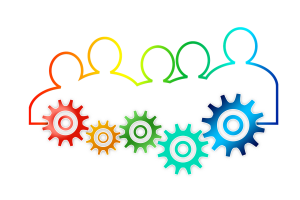To stay ahead of the curve, more marketing teams are updating privacy policies, revamping their tech stacks and leaning on data clean rooms.
Over the past few years, brands and marketers have been bombarded with an ever-changing landscape around identity and privacy regulations. Throw in Apple’s privacy restrictions and Google’s impending deprecation of third-party cookies, and it’s no wonder everyone’s dizzy trying to keep their data-driven campaigns from falling off a cliff.
While all these macro changes aim at giving consumers more control over their data, it’s also making data-driven marketing a far trickier business. To stay ahead of the curve, more marketing teams are updating privacy policies, revamping their tech stacks and leaning on clean rooms.
Yet, at best, many midsize marketers still have only a basic understanding of what a clean room is and if it really can be the one-stop shop to solve their problems.
So, what exactly is a data clean room?
At the most fundamental level, a data clean room is a type of privacy-enhancing technology that gives marketers a secure and neutral silo where all consumer data can be stored securely, anonymized and made available for a host of services.
While clean rooms offer a host of services, the most common use cases include audience segmentation, audience overlap analysis and acting as the conduit to conduct measurement and attribution studies, all without compromising user privacy or sharing personally identifiable information.
The critical aspect that makes data clean rooms a potentially game-changing tool is clean rooms offer access, availability and data usage, for a host of sources, where strict privacy rules are all governed and enforced by the clean room provider. Data privacy is a crucial driver for any marketers looking to work within this environment.
All data suppliers within a clean room maintain complete control over their data, which is fully encrypted and anonymized throughout the onboarding process and audience building.
Another critical element clean rooms allow is maintaining privacy-compliant querying and analytics across multiple activation channels giving marketers a way to create aggregate performance reporting.
Let’s take a deeper look at two of the most common use cases for a data clean room.
Use case: Overlap analysis and second-party data
Clean rooms provide a secure environment to overlay their customer data with information from other brands. This show what the customers have in common based on user profiles, engagement and conversion metrics.
With this deeper understanding of the customer base, marketers can create new second-party audiences for activation and further analysis. Because all customer data in the clean room is anonymized, both brands can build targeting lists keyed off it.
The data can also be overlayed with enterprise data providers. This provides new insights based on key demographics, interest behavior and other valuable data points. It means more opportunities to segment their customer data files and build more personalized ad experiences to boost engagement and conversion.
Use case: Measurement and attribution
Privacy legislation and new restrictions around tracking users are making the most basic measurement and attribution studies difficult to conduct with any confidence.
Clean rooms, in this case, are creating small walled gardens where brands can partner with publishers to look at a consumer’s path to purchase.
Here’s how it works:
- Marketers combine their conversion level data with publisher impression logs, providing a new lens to see if the 10 million impressions they purchased with a participating publisher yielded the desired KPIs.
- The publisher works with the marketer to onboard an entire anonymized file of users who were shown the brand’s ad.
- The clean room — with its centralized identifier — matches and analyzes the data. This gives insights into overall performance and enables better informed decisions regarding campaign efficiency.
Clean rooms also offer customized solutions for doing more with first-party data. Marketers can build, activate and measure performance to align with their data-driven marketing goals.
Remember: It takes a skilled team with analytical and technical prowess to derive the benefits of clean rooms.
Key considerations before adopting a clean room
Another critical aspect is the overall state of the customer file from a hygiene and compliance perspective. All data in a clean room is federated, which means multiple data sources function as one file. The more accurate your customer file is, the easier it is to create factual and actionable insights.
This means marketers must do more to ensure the accuracy of first-party data. They must also see to it that all the data is in one location to create a complete and holistic customer file. Below are key questions to ask clean room providers when deciding which one to use:
- What capabilities do you have to integrate into our existing marketing tech stack?
- Do you have the integrations needed to easily use the data with our tech solutions?
- How much can we control data within the clean room, and who else will have access to it?
- How easy is the clean room to use? Can we use and benefit from this if we don’t have a data tech team?
Looking to 2023 and beyond, we’ll see more focus on privacy and further limitations on legacy identifiers.
Clean rooms will likely grow and grow and play a more significant role. First-party data will become even more valuable, allowing us to make the most of clean rooms’ capabilities.
The post On next year’s to do list: Clean rooms and better data appeared first on MarTech.
MarTech(18)
